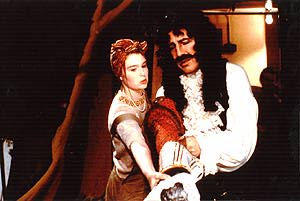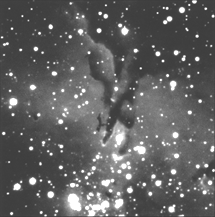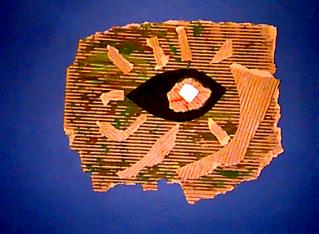Homer
“No matter how it’s done, you won’t like it.”
— Robert Redford to Robert M. Pirsig in Lila
“The evening before Harriet injures Roy,
she asks him, in a restaurant car,
whether he has read Homer.”
— Oxford website on the film of The Natural
“Brush Up Your Shakespeare”
— Cole Porter lyric for a show that opened
on December 30, 1948
Judy Davis as Harriet Bird

Thine eyes I love…
Shakespeare, Sonnet 132
“Roy’s Guenevere-like lover is named Memo Paris,
presumably the face that launched a thousand strikes.”
— Oxford website on the film of The Natural
Nicole Kidman
as Memo Paris

“Iris is someone to watch over Roy.”
— Oxford website on the film of The Natural
Kate Winslet as young Iris Murdoch

From the second-draft screenplay
for The Sting,
with Robert Redford as Hooker:
HOOKER
(shuffling a little)
I, ah…thought you might wanna come out for a while. Maybe have a drink or somethin’.
LORETTA
You move right along, don’t ya.
HOOKER
(with more innocence than confidence)
I don’t mean nothin’ by it. I just don’t know many regular girls, that’s all.
LORETTA
And you expect me to come over, just like that.
HOOKER
If I expected somethin’, I wouldn’t be still standin’ out here in the hall.
Loretta looks at him carefully. She knows it’s not a line.
LORETTA
(with less resistance now)
I don’t even know you.
HOOKER
(slowly)
You know me. I’m just like you…
It’s two in the morning and I don’t know nobody.
The two just stand there in silence a second. There’s nothing more to say. She stands back and lets him in.
Iris Murdoch on Plato’s Form of the Good,
by Joseph Malikail:
“For Murdoch as for Plato, the Good belongs to Plato’s Realm of Being not the Realm of Becoming…. However, Murdoch does not read Plato as declaring his faith in a divine being when he says that the Good is
the universal author of all things beautiful and right, parent of light and the lord of light in the visible world, and the immediate source of reason and truth in the intellectual; and that this is the power upon which [one who] would act rationally either in public or private life must have his eyes fixed (Republic…).
Though she acknowledges the influence of Simone Weil in her reading of Plato, her understanding of Plato on Good and God is not Weil’s (1952, ch.7)*. For Murdoch,
Plato never identified his Form of the Good with God (the use of theos in the Republic… is a façon de parler), and this separation is for him an essential one. Religion is above the level of the ‘gods.’ There are no gods and no God either. Neo-Platonic thinkers made the identification (of God with good) possible; and the Judaeo-Christian tradition has made it easy and natural for us to gather together the aesthetic and consoling impression of Good as a person (1992, 38)**.
As she understands Plato:
The Form of the Good as creative power is not a Book of Genesis creator ex nihilo … Plato does not set up the Form of the Good as God, this would be absolutely un-Platonic, nor does he anywhere give the sign of missing or needing a real God to assist his explanations. On the contrary, Good is above the level of the gods or God (ibid., 475)**.
Mary Warnock, her friend and fellow-philosopher, sums up Murdoch’s metaphysical view of the Vision of the Good:
She [Murdoch] holds that goodness has a real though abstract existence in the world. The actual existence of goodness is, in her view, the way it is now possible to understand the idea of God.
Or as Murdoch herself puts it, ‘Good represents the reality of which God is the dream.’ (1992, 496)**”
*Weil, Simone. 1952. Intimations of Christianity Among The Ancient Greeks. Ark Paperbacks, 1987/1952.
**Murdoch, Iris. 1992. Metaphysics As A Guide To Morals. London: Chatto and Windus.
From the conclusion of Lila,
by Robert M. Pirsig:
“Good is a noun. That was it. That was what Phaedrus had been looking for. That was the homer over the fence that ended the ballgame.”


































 “
“
































